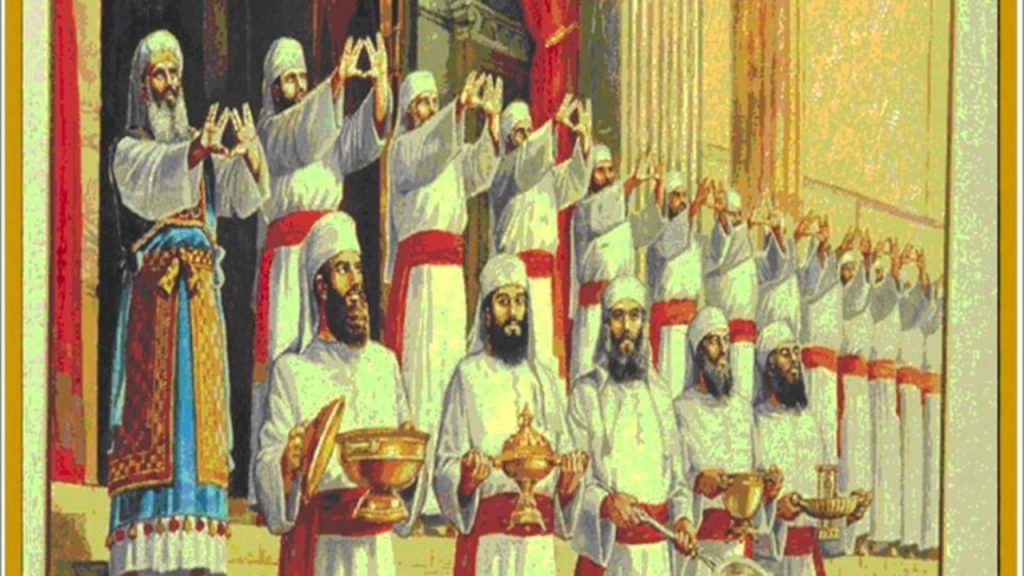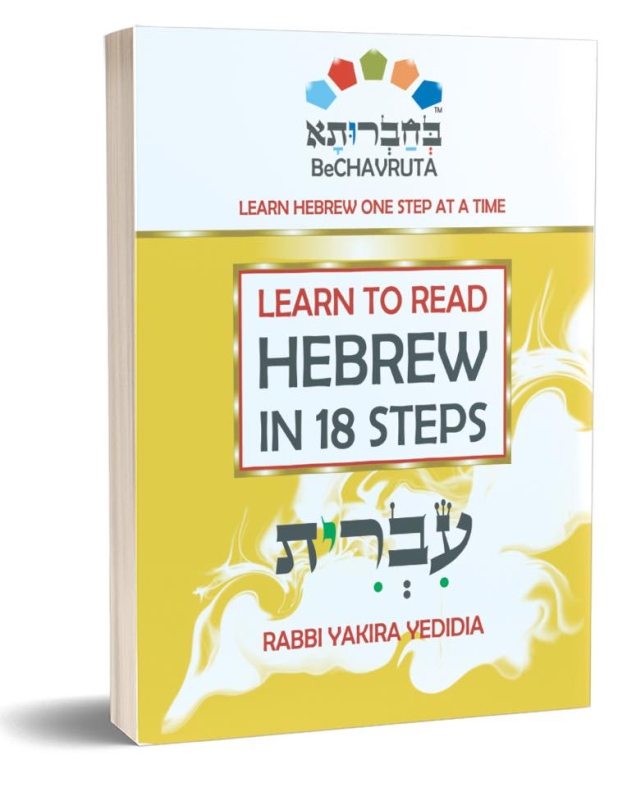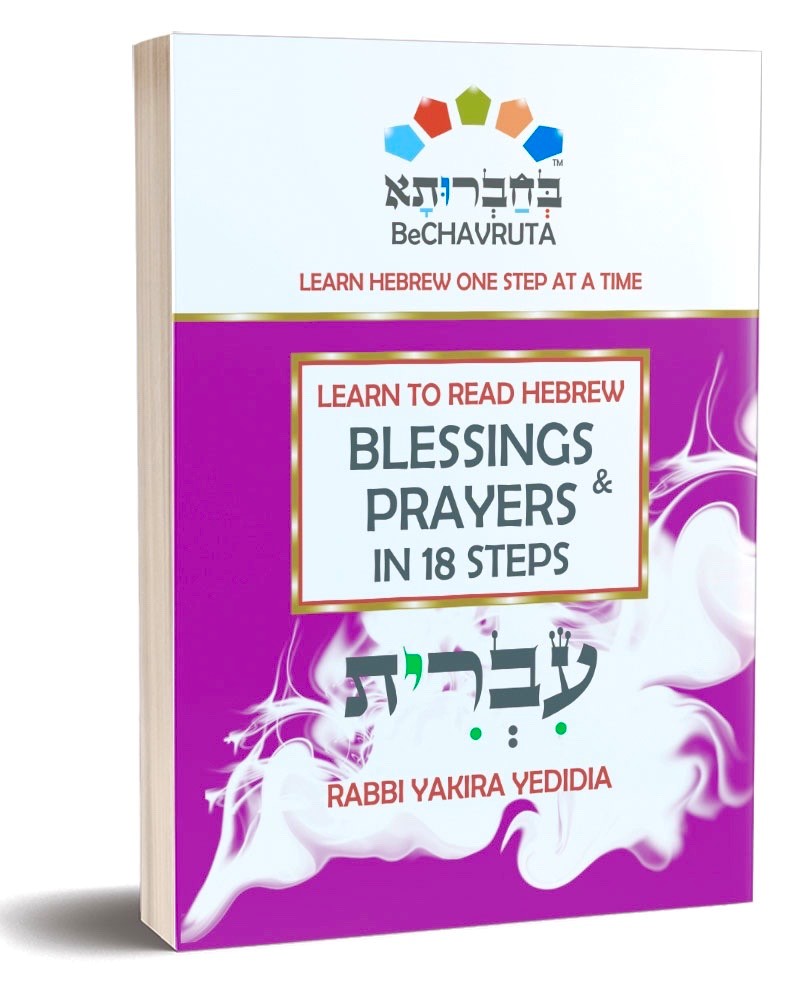“And this is the blessing”
V’eZot HaBrachah, “And this is the blessing,” is the 54th and final weekly Torah portion in the annual Jewish cycle of Torah reading and the 11th and last in the Book of Deuteronomy. It constitutes Deuteronomy 33:1–34:12.
On Simchat Torah festival (“Rejoicing of the Torah”), we conclude and begin the annual Torah-reading cycle. We read the Torah section of V’eZot HaBrachah, Mosheh’ farewell blessings for the twelve tribes of Israel before his death. “And Moses the servant of God died there in the Land of Moav by the mouth of God… and no man knows his burial place to this day.” The parashah ends with the death of Mosheh and the conclusion that “There arose not a prophet since in Israel like Moses, whom God knew face to face… and in all the mighty hand and the great awesome things which Moses did before the eyes of all Israel.”
Mosheh, the one through whom God delivered His people from Egyptian slavery, for all of his blessings, was not allowed to enter the Promised Land. God allowed Mosheh, before he died at Mount Nevo, to view the Promised Land “This is the land of which I swore to Abraham, Isaac, and Jacob, ‘I will assign it to your offspring.’ I have let you see it with your own eyes, but you shall not cross there.”(Deuteronomy 34:4). After Moses death his body was buried by the G-d in a special place no one would be able to find.
Immediately after reading Parashah V’eZot HaBrachah, we also start reading the beginning of the Torah, Genesis 1:1–2:3 (the beginning of Parashah Beresheet), as the second Torah reading for Simchat Torah. How does the reading of such a sad event, Mosheh’s death, fit into the most joyous occasion?
When a baby is born, we are happy. When a person dies, we cry. In Kohelet King Shlomo said: ”The day of death is better than the day of birth.” On the day of Mosheh’s death his righteousness was known to all, achieving the purpose for which he was brought to the world.
The Torah teaches us to be kind. At the beginning of the Torah we are told that God was kind to Adam and Chavah, He made clothes for them. The Torah ends with another chesed (kindness) God buried Mosheh. Kindness may come in many forms; from clothing and feeding the poor, visiting the sick, comforting mourners, to burying the dead.
Being kind means Having or showing a friendly, generous, sympathetic, or warm hearted nature.
My we all be inspired to be kind to ourselves, and to one another.
Chazak Chazak Venitchazek, a custom that happens only five times a year, when reading the Torah in synagogues. At the end of reading each of the five books of the Torah, the congregation says the following sentence: “Chazak Chazak V’nitchazek”, which literally means “Be strong, be strong and let us strengthen one another.”


The 613 Mitzvot
The commandment of the tzitzit. The word tzitzit is related to the root word lehatzitz- to look, therefore a tzitzit is an object at which we look . In addition, the word tzitzit numerical value is 600. The tzitzit has 8 threads and 5 double knots in each corner (8+5=13), thus a tzitzit represents the 613 mitzvot in the Torah.
In The Torah there are 613 commandments, mitzvot, also known as the Law of Moses (תרי״ג מצוות, taryag mitzvot). The 613 mitzvot are first recorded in the 3rd century CE, when Rabbi Simlai mentioned it in a sermon that is recorded in Talmud Makkot 23b.
The 613 commandments include 248 “positive commandments”, to perform an act (mitzvot aseh), and 365 “negative commandments”, to abstain from certain acts (mitzvot lo taaseh). The negative commandments number 365, which coincides with the number of days in the solar year, and the positive commandments number 248, a number ascribed to the number of bones and main organs in the human body.
Though the number 613 is mentioned in the Talmud, its real significance increased in later medieval rabbinic literature, including many works listing or arranged by the mitzvot. The most famous of these was an enumeration of the 613 commandments by Maimonides, The Rambam.
Many of the mitzvot cannot be observed now, following the destruction of the Second Temple, although they still retain religious significance. According to one standard reckoning, there are 77 positive and 194 negative commandments that can be observed today, of which there are 26 commands that apply only within the Land of Israel. Furthermore, there are some time-related commandments from which women are exempt (examples include shofar, sukkah, lulav, tzitzit and tefillin). Some depend on the special status of a person in Judaism (such as kohanim), while others apply only to men or only to women. According to Rambam Organized by Parshah. based on Wikipedia and http://www.vaadrv.org/rambam613mitzvot.asp ONE BIG IMPORTANT NOTE WHEN USING THIS LISTING: This listing is not all inclusive. Rambam may site multiple sources for a mitzvah is his works but this list currently only gives one source for each mitzvah.
WOULD YOU LIKE TO READ HEBREW?
THE BEST TIME TO PLANT A TREE WAS 20 YEARS AGO. THE SECOND BEST TIME IS NOW!
ORDER RABBI YAKIRA NEW BOOK “LEARN TO READ HEBREW IN 18 STEPS”
Take your first step, and in as little as 9 hours of BeCHAVRUTA Crash Course Book, you will be able to Read Hebrew Fluently & Accurately like a Pro!
ORDER RABBI YAKIRA NEW BOOK “LEARN TO READ HEBREW IN 18 STEPS”
“Original, fun, and effective, this is a superb way to learn to read Hebrew.“- DENNIS PRAGER
“A clear, lucid and immensely helpful guide to learning Hebrew. Takes the reader by the hand and introduces the holy tongue in living color.“-RABBI DAVID WOLPE
“An instant classic! Rabbi Yakira has written a primer on Hebrew that is both enchanting & colorful. It is sure to capture the interest of students & magically introduce them to the Hebrew language!”-RABBI DR DAVID ELLENSON
The Priestly Blessing
Check out YedidYah “The Priestly Blessing” Birkat Hakohanim. Music by Rabbi Yakira Yedidia https://youtu.be/YNE11QdEMN0
יְבָרֶכְךָ יהוה, וְיִשְׁמְרֶךָ- May the LORD bless you and guard you
יָאֵר יהוה פָּנָיו אֵלֶיךָ, וִיחֻנֶּךָּ -May the LORD make His face shed light upon you and be gracious unto you
יִשָּׂא יהוה פָּנָיו אֵלֶיךָ, וְיָשֵׂם לְךָ שָׁלוֹם- May the LORD lift up His face unto you and give you peace
Yevarechecha Adonai, V’Yishmerecha
Ya’er Adonai Panav Eleycha, ViChoneka
Yisa Adonai Panav Eleycha, V’Yasem Lecha Shalom
(Number 6:24-26).
Check out YedidYah “The Priestly Blessing” Birkat Hakohanim. Music by Rabbi Yakira Yedidia https://youtu.be/YNE11QdEMN0
Check out YedidYah Psalm 96 “Yiram Hayam” Music by Rabbi Yakira Yedidia https://youtu.be/aTBD4i9nvXw

This blog article was inspired by chabbad.org, Sefaria.org, Wikipedia.org,



